Wereldwijde verzending, volledige vergoeding voor schade
- gm@dorhymi.com
- +86 150 222 73745
Wereldwijde verzending, volledige vergoeding voor schade
The deep, primordial voice of a gong cuts through silence like thunder across the sky, awakening something ancient and profound within us. For thousands of years, these magnificent bronze discs have served as bridges between the physical and spiritual realms, capable of inducing altered states of consciousness, facilitating deep healing, and creating transformative experiences that resonate long after their tones fade into silence.
In our modern world of constant stimulation and digital overwhelm, gongs offer something increasingly rare: the opportunity to be completely immersed in pure, acoustic sound that engages not just our ears, but our entire being. Whether you’re a meditation practitioner seeking deeper states of awareness, a wellness professional exploring new healing modalities, or simply someone drawn to the mysterious power of these ancient instruments, this comprehensive guide will unlock the secrets of gong mastery and therapeutic application.

The gong’s history stretches back over 4,000 years to ancient China, where bronze-working artisans first discovered that flat metal discs could produce extraordinary sounds. Archaeological evidence suggests that early gongs served both musical and ceremonial purposes, with their powerful voices believed capable of communicating with spirits, marking important time cycles, and creating sacred space.
Chinese traditions developed the most sophisticated gong-making techniques, with the famous chau gongs (tam-tams) representing the pinnacle of craftsmanship. These instruments were so valued that their production methods were closely guarded secrets, passed down through family lineages of master craftsmen. Chinese culture attributed spiritual properties to gongs, believing they could drive away evil spirits and attract beneficial energies.
Burmese gong traditions evolved parallel to Chinese developments, creating instruments with distinctive tonal characteristics. Burmese gongs often feature thicker construction and different alloy compositions, producing warmer, more fundamental-rich tones compared to their Chinese counterparts.
Javanese gamelan traditions integrated gongs into complex orchestral arrangements, where they serve as time-keepers and harmonic anchors. In gamelan music, gongs mark phrase endings and sectional divisions, their penetrating voices cutting through the ensemble’s intricate polyrhythms.
Across Asian cultures, gongs held profound spiritual significance:
Buddhist monasteries used gongs to call monks to prayer, mark meditation periods, and punctuate religious ceremonies. The instruments’ ability to induce altered states of consciousness made them invaluable for spiritual practice.
Taoist traditions incorporated gongs into alchemical and healing practices, believing their vibrations could balance the body’s energy systems and promote longevity.
Shamanic cultures throughout Southeast Asia employed gongs for journeying work, using their complex soundscapes to facilitate travel between ordinary and non-ordinary reality.
Royal courts across Asia maintained elaborate gong orchestras for ceremonies and entertainment, with larger, more ornate instruments serving as symbols of power and prestige.
Gongs entered Western consciousness gradually, beginning with trade contacts in the 16th and 17th centuries. However, their integration into Western music and healing practices accelerated dramatically in the 20th century:
Classical music adoption: Composers like Puccini, Respighi, and later John Cage incorporated gongs into orchestral works, appreciating their dramatic impact and unique tonal qualities.
Sound healing emergence: The 1960s counterculture movement embraced gongs as tools for consciousness exploration and healing, with pioneers like Don Conreaux developing systematic approaches to gong therapy.
Modern manufacturing: European companies, particularly Paiste in Switzerland, began producing gongs specifically designed for Western musical and therapeutic applications, creating new categories like “planet gongs” tuned to astronomical frequencies.
When struck, a gong’s metal surface vibrates in incredibly complex patterns. Unlike simpler instruments that vibrate primarily in one mode, gongs support hundreds of simultaneous vibration modes, each producing different frequencies. These vibrations can be:
Radial modes: Vibrations that move from the center outward in circular patterns
Nodal patterns: Complex standing wave formations across the gong’s surface
Thickness variations: Different areas of the gong vibrate at different frequencies based on material thickness
The gong’s non-uniform thickness is crucial to its sound character. Traditional hand-hammered gongs have subtle variations in thickness that create their complex harmonic structures, while machine-made gongs with uniform thickness tend to produce simpler, less interesting sounds.
Gongs generate both harmonic overtones (frequencies that are mathematical multiples of a fundamental) and inharmonic partials (frequencies that don’t follow simple mathematical relationships). This combination creates the gong’s characteristic “shimmer” and makes each instrument acoustically unique.
Fundamental frequencies provide the gong’s perceived pitch, while overtones and partials create its timbral character and emotional impact. The interplay between these frequencies produces beating patterns en combination tones that can induce altered states of consciousness and therapeutic effects.
Gong vibrations travel through multiple mediums:
Air transmission: Sound waves travel through air to reach our ears, but gongs also produce infrasonic frequencies below the threshold of hearing that we feel rather than hear.
Physical transmission: Vibrations travel through solid materials—floors, walls, furniture—and can be felt throughout the body when in proximity to a sounding gong.
Physiological impact: Low-frequency vibrations from large gongs can stimulate the body’s proprioceptive system, affecting balance, spatial awareness, and even internal organ function.
Research suggests that gong vibrations may influence brainwave entrainment, cellular metabolismen nervous system regulation through mechanisms scientists are still working to understand fully.

Chinese chau gongs, also known as tam-tams in Western contexts, represent the most widely recognized gong type. These instruments feature:
Construction characteristics:
Sound qualities:
Traditional uses:
Burmese gongs offer distinctive characteristics that set them apart from Chinese instruments:
Physical features:
Acoustic properties:
Gamelan gongs serve specific musical functions within Indonesian orchestral traditions:
Instrument types:
Musical roles:
Southeast Asian gong traditions offer additional variations:
Thai gongs often feature:
Vietnamese gongs include:
Popular Planet Gongs:
Symphonic Gongs feature:
Wind Gongs offer:
Specialty manufacturers create gongs for specific sound healing applications:
Atlantis Gongs:
Sound Creation Gongs:

Hand-forged gongs represent traditional craftsmanship:
Voordelen:
Disadvantages:
Machine-made gongs offer modern consistency:
Voordelen:
Disadvantages:
Modern sound healers work with manufacturers to create gongs tuned to specific therapeutic frequencies:
Solfeggio frequency gongs:
Chakra-tuned gongs:
High-end manufacturers offer custom gong creation:
Customization options:
Designer considerations:
Characteristics:
Applications:
Voordelen:
Characteristics:
Applications:
Voordelen:
Characteristics:
Applications:
Gong placement considerations:
Height positioning: The gong should be positioned so the center is approximately at the player’s shoulder height when standing. This allows for comfortable striking angles and optimal biomechanics during extended playing sessions.
Distance from walls: Maintain at least 3-4 feet of clearance behind the gong to prevent sound reflection and interference. Side clearances should allow for full arm extension during playing.
Stand stability: Ensure the gong stand is completely stable and appropriate for the gong’s size and weight. Unstable mounting can cause unwanted vibrations, movement during playing, and potential safety hazards.
Floor considerations: Hard floors provide better sound reflection and projection, while carpeted areas absorb some sound energy. Consider the acoustic properties of your space when positioning.
Participant positioning: For therapeutic sessions, position participants in a semicircle or circle around the gong, ensuring everyone has clear sight lines and equal sound exposure.
Gong surface zones:
Center zone: Produces the deepest fundamental tones with maximum sustain. Strike here for grounding, meditative effects.
Edge zone: Creates brighter tones with faster attack and shorter sustain. Useful for accents and rhythmic punctuation.
Mid-zone: Balanced between center and edge characteristics. Most versatile striking area for general playing.
Rim strikes: Striking the very edge or rim produces metallic, bell-like tones. Use sparingly for special effects.
Strike angles and techniques:
Perpendicular strikes: Direct 90-degree strikes produce maximum volume and fundamental tone development.
Glancing strikes: Angled strikes create different tonal characteristics and can produce interesting harmonic effects.
Multiple strikes: Rapid successive strikes can build intensity and create rolling effects.
Dynamic range development:
Pianissimo (pp) – Barely audible:
Piano (p) – Soft:
Mezzo-piano (mp) – Medium-soft:
Mezzo-forte (mf) – Medium-loud:
Forte (f) – Loud:
Fortissimo (ff) – Very loud:
Fortississimo (fff) – Extremely loud:
Scientific studies on sound therapy consistently demonstrate significant stress reduction benefits:
Cortisol level decreases: Multiple research studies show measurable reductions in cortisol, the primary stress hormone, following sound therapy sessions with gongs and other instruments.
Perceived stress reduction: Participants consistently report feeling less stressed, anxious, and overwhelmed after gong therapy sessions, with effects often lasting days or weeks.
Sleep quality improvement: The stress reduction effects of gong therapy translate into better sleep quality, which further supports overall health and stress resilience.
Gong therapy addresses anxiety and depression through multiple pathways:
Immediate anxiety relief: The immersive nature of gong sound can quickly interrupt anxious thought patterns and provide immediate relief from acute anxiety symptoms.
Mood elevation: The transcendent experiences often reported during gong therapy can provide perspective and hope for individuals struggling with depression.
Neuroplasticity enhancement: Regular gong therapy may support the development of new neural pathways associated with positive emotional states and resilience.
Social connection: Group gong sessions provide opportunities for healthy social connection, which is crucial for mental health and recovery from depression.
Group gong sessions create unique therapeutic opportunities:
Shared healing field: Participants often report feeling connected to a collective healing energy that amplifies individual benefits.
Witness and support: Being in a group provides witnessing and support for healing processes that might be overwhelming in isolation.
Reduced isolation: Group sessions help individuals feel less alone in their healing journey and connect with others facing similar challenges.
Gong circles and sound baths naturally build community:
Non-verbal connection: Participants connect through shared sound experience without the social anxiety of verbal interaction.
Collective intention: Groups can focus collective intention for healing, peace, or other positive outcomes.
Social support networks: Regular gong groups often develop into supportive communities that extend beyond the sessions themselves.
Gongs have been used for millennia to induce non-ordinary states of consciousness:
Shamanic journeying: The rhythmic and sustained qualities of gong sound provide excellent support for shamanic journeying and vision questing practices.
Psychedelic therapy integration: Gong therapy is increasingly used to support the integration of psychedelic therapy experiences, helping to anchor insights and continue healing processes.
Mystical experiences: The complex harmonics and powerful vibrations of gongs can catalyze mystical experiences and spiritual breakthroughs.
Gongs are widely used for energetic clearing work:
Personal energy clearing: The vibrations are believed to clear stuck or negative energy from the human energy field (aura) and chakra system.
Environmental clearing: Many practitioners use gongs to clear negative or stagnant energy from homes, offices, and other spaces.
Psychic protection: Some traditions use gong sound as a form of psychic protection, creating energetic boundaries and dispelling unwanted influences.
Personal practice considerations:
Professional use requirements:
Transitional considerations:
Many users begin with personal practice intentions but develop professional interests. Consider instruments that can grow with your developing skills and potentially serve professional applications later.
Residential environments:
Volume level management:

Entry-level budget ($200-800):
Mid-range investment ($800-3000):
Professional investment ($3000-10,000+):
Financial planning strategies:
Size-to-frequency relationships:
Harmonic content variations:
Larger gongs generally produce more complex harmonic structures with greater numbers of simultaneous overtones. This increased complexity contributes to their therapeutic effectiveness and immersive quality.
Pitch vs. therapeutic effect:
Attack characteristics:
Sustain duration factors:
Decay characteristics:
Fundamental-to-overtone ratios:
Quality gongs balance fundamental frequency content with rich overtone development. Too much fundamental can sound boring, while excessive overtones without fundamental support can sound chaotic.

Harmonic series relationships:
Evolution over time:
Premium gongs demonstrate harmonic evolution during their sustain phase, with different overtones emerging and fading at different rates, creating a constantly changing sonic landscape.
Maximum volume considerations:
Controlled volume techniques:
Skilled players can achieve satisfying sound experiences at any volume level, but some gongs respond better to gentle playing than others. Consider your intended playing style when evaluating volume characteristics.
Traditional bronze formulations:

Quality indicators in alloys:
Modern alloy innovations:
Some contemporary manufacturers experiment with alternative alloys or hybrid materials, though traditional bronze remains the gold standard for most applications.
Thickness variation importance:
Hand-hammered gongs feature subtle thickness variations that create their complex harmonic structures. Machine-made gongs with uniform thickness produce simpler, less interesting sounds.
Weight-to-size ratios:
Structural integrity:
Appropriate thickness ensures the gong can withstand playing forces without cracking or deforming while maintaining optimal acoustic properties.
Visual inspection criteria:
Construction method identification:
Quality control standards:
Reputable manufacturers maintain consistent quality control standards, ensuring each instrument meets specifications for sound quality, durability, and appearance.
Natural aging benefits:
Many gongs improve with age and use, developing richer harmonic content and more complex sound characteristics over time.
Patina development:
Sound evolution over time:
Well-made gongs continue evolving sonically for years or decades, often becoming more valuable and sonically interesting with age.
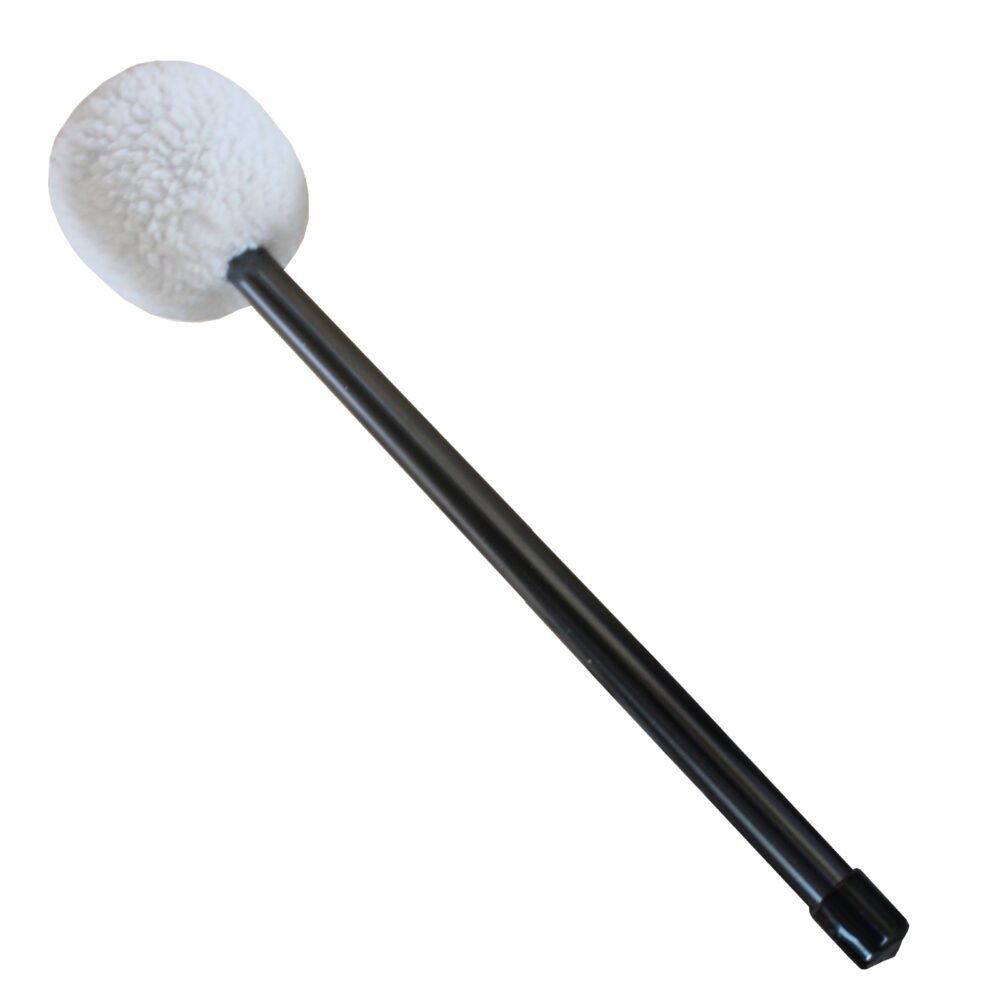
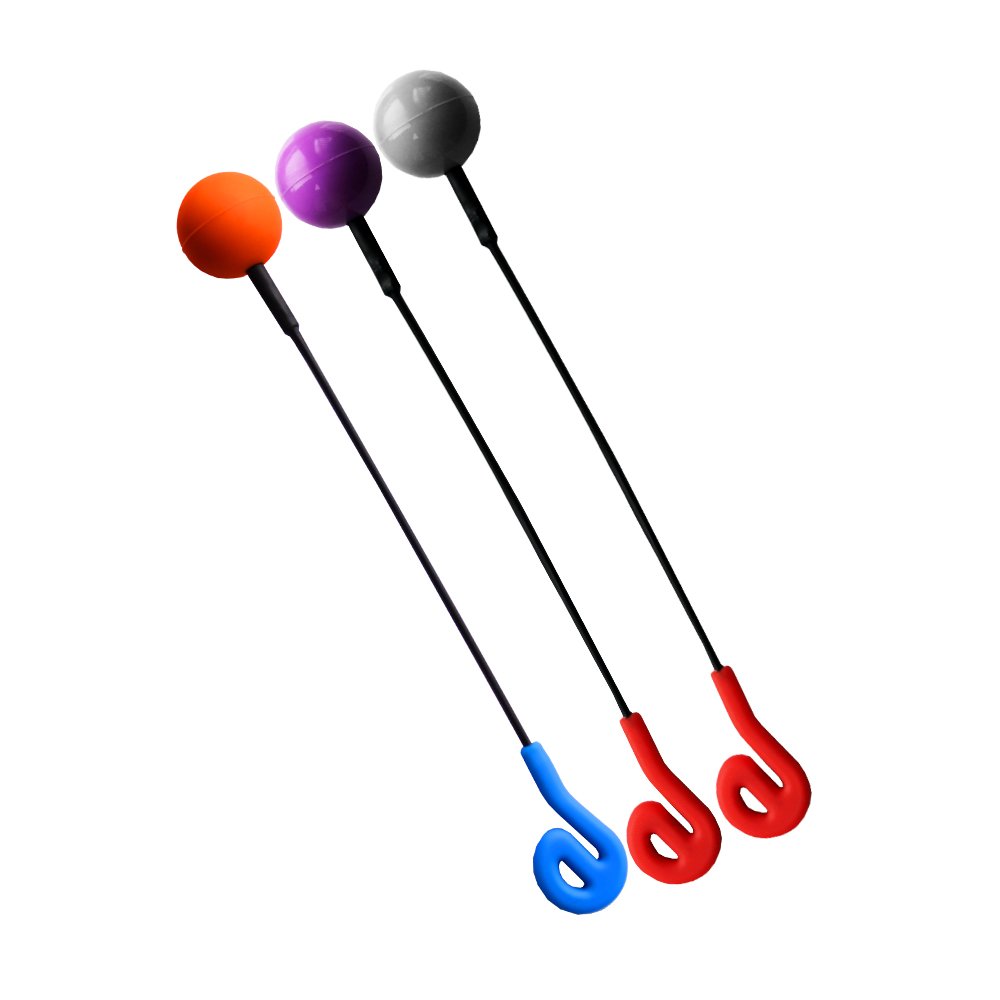
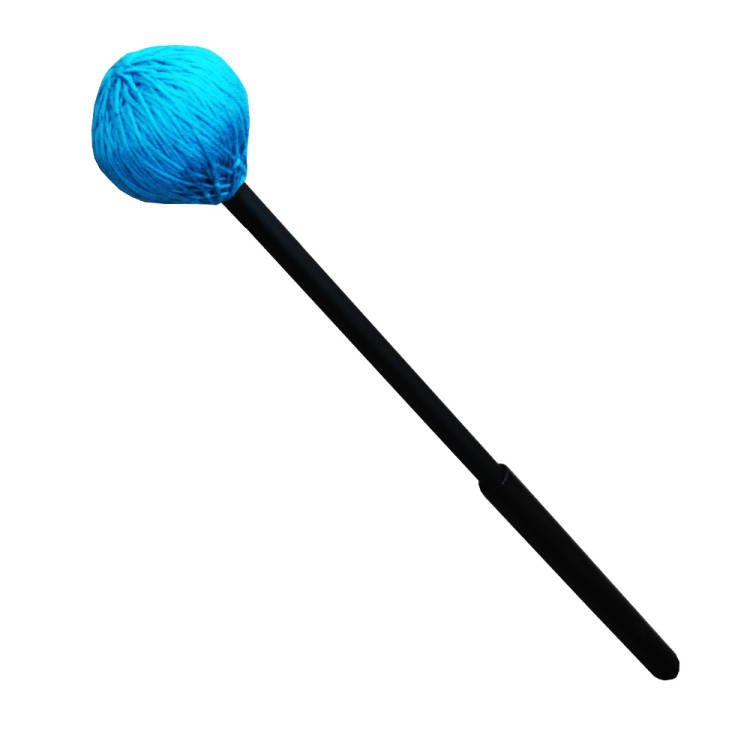

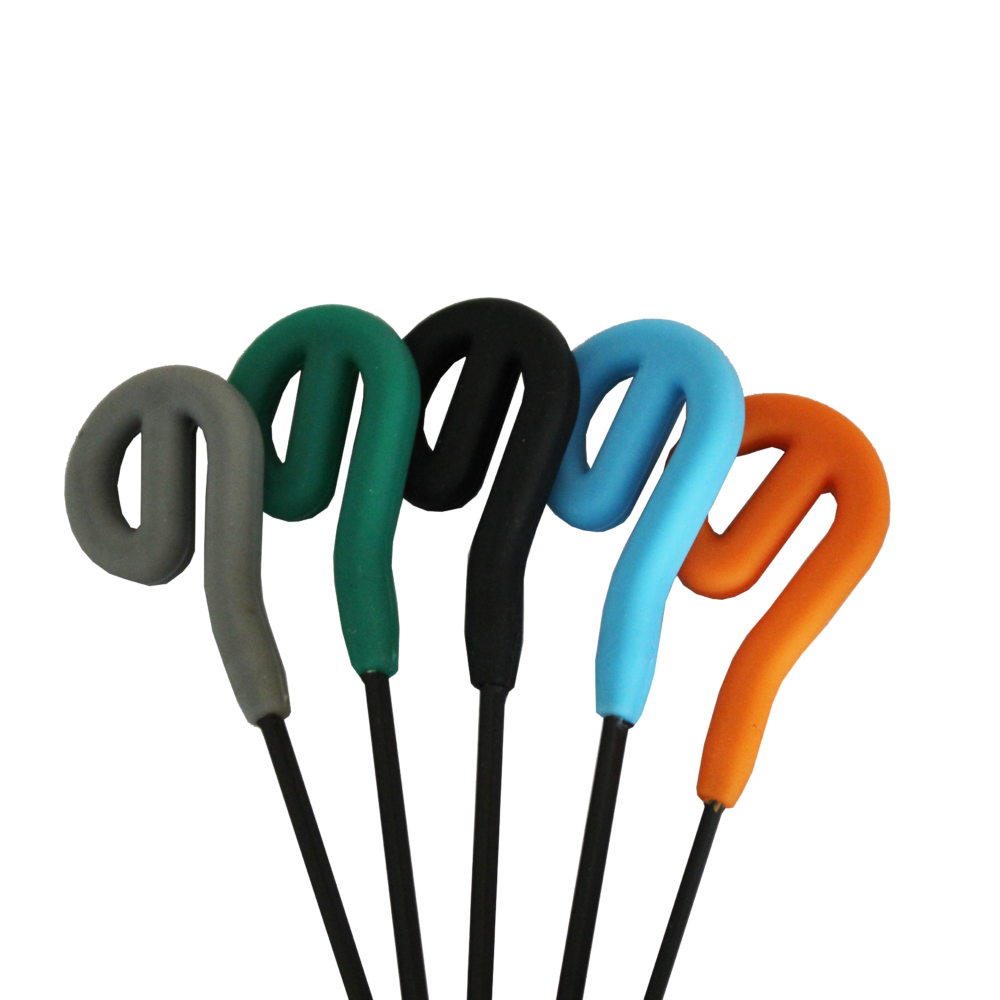
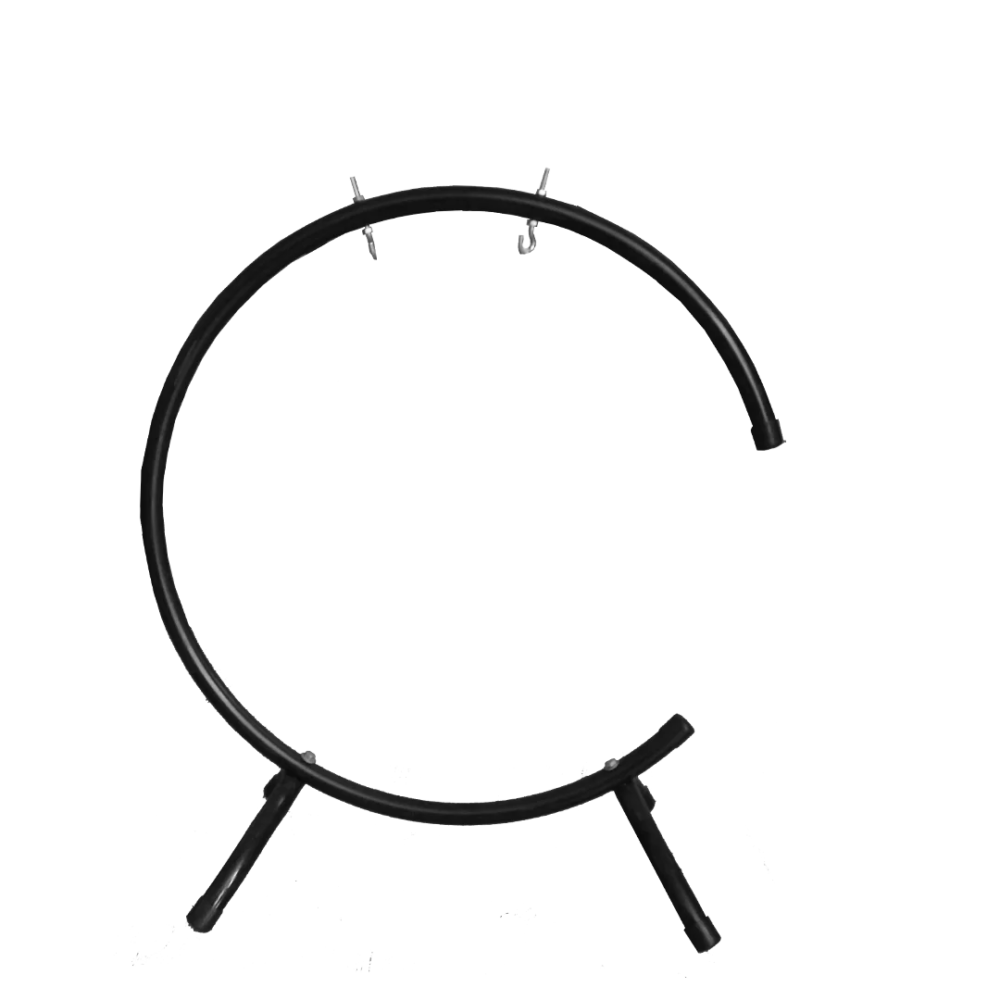
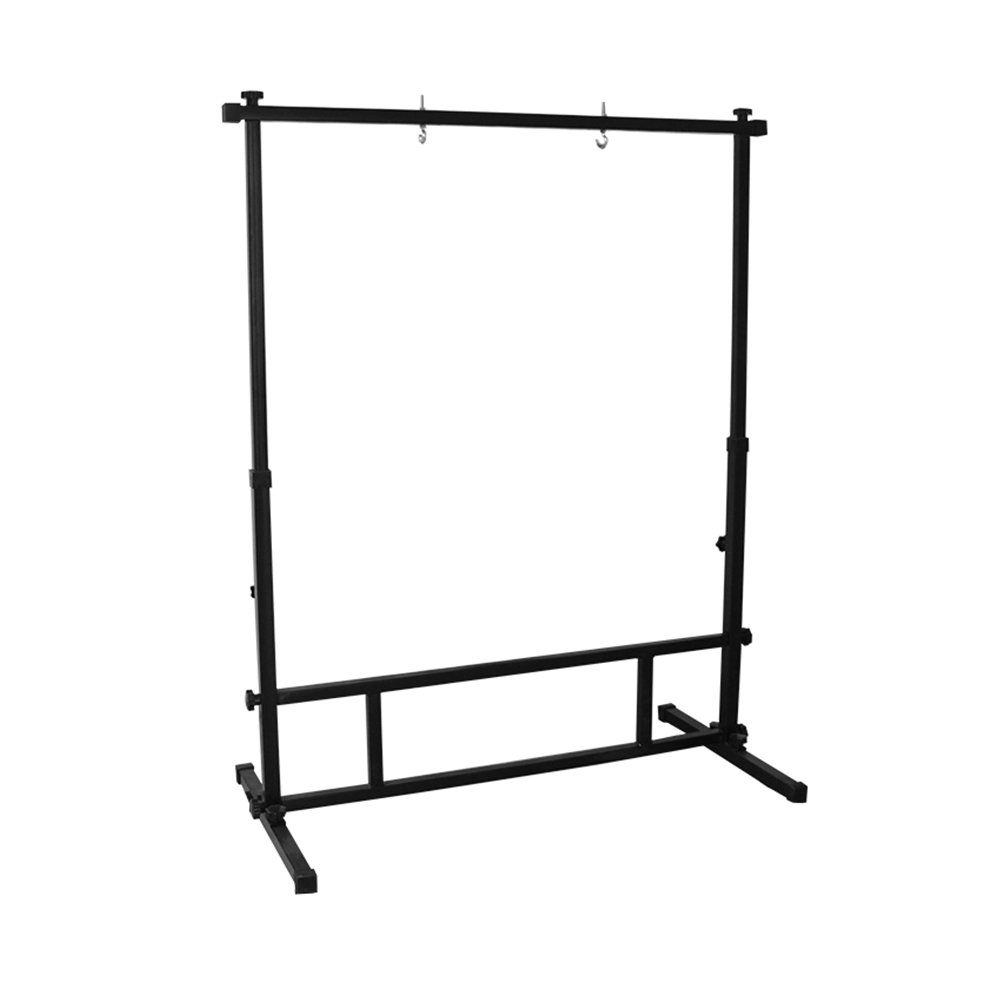
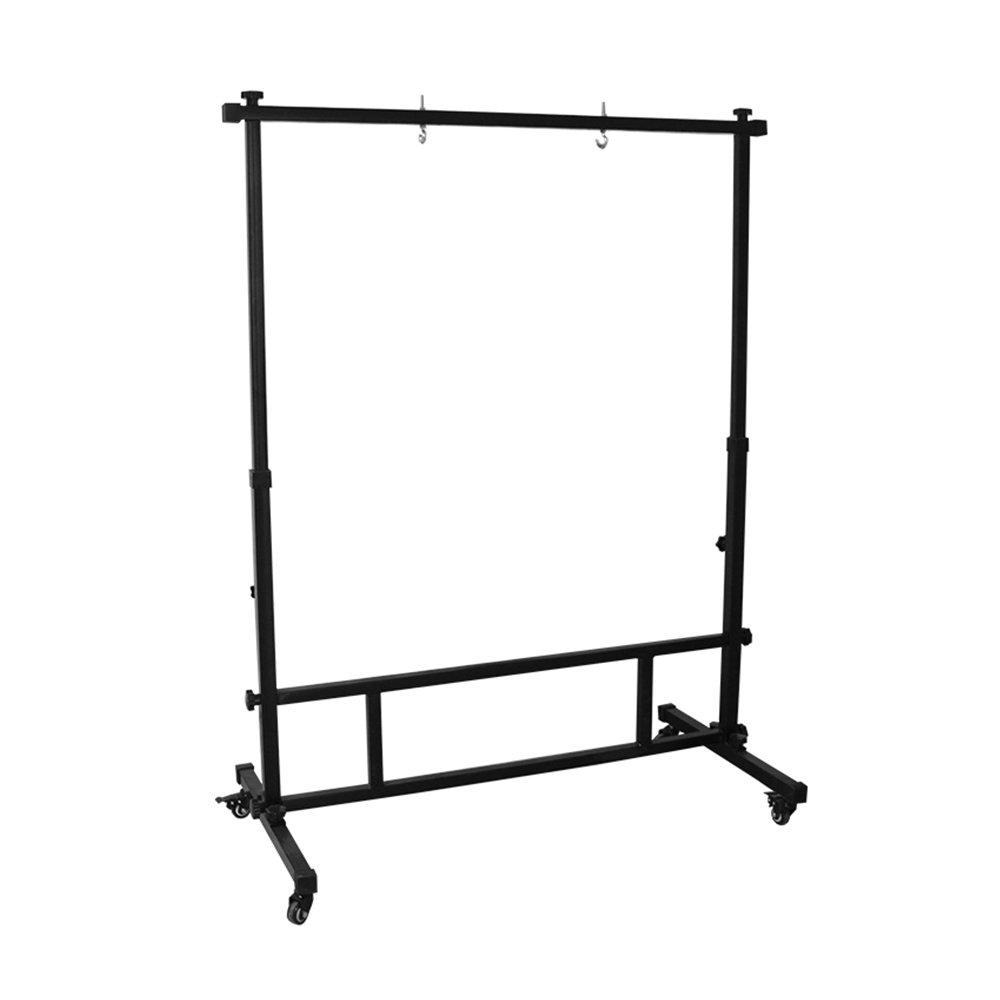
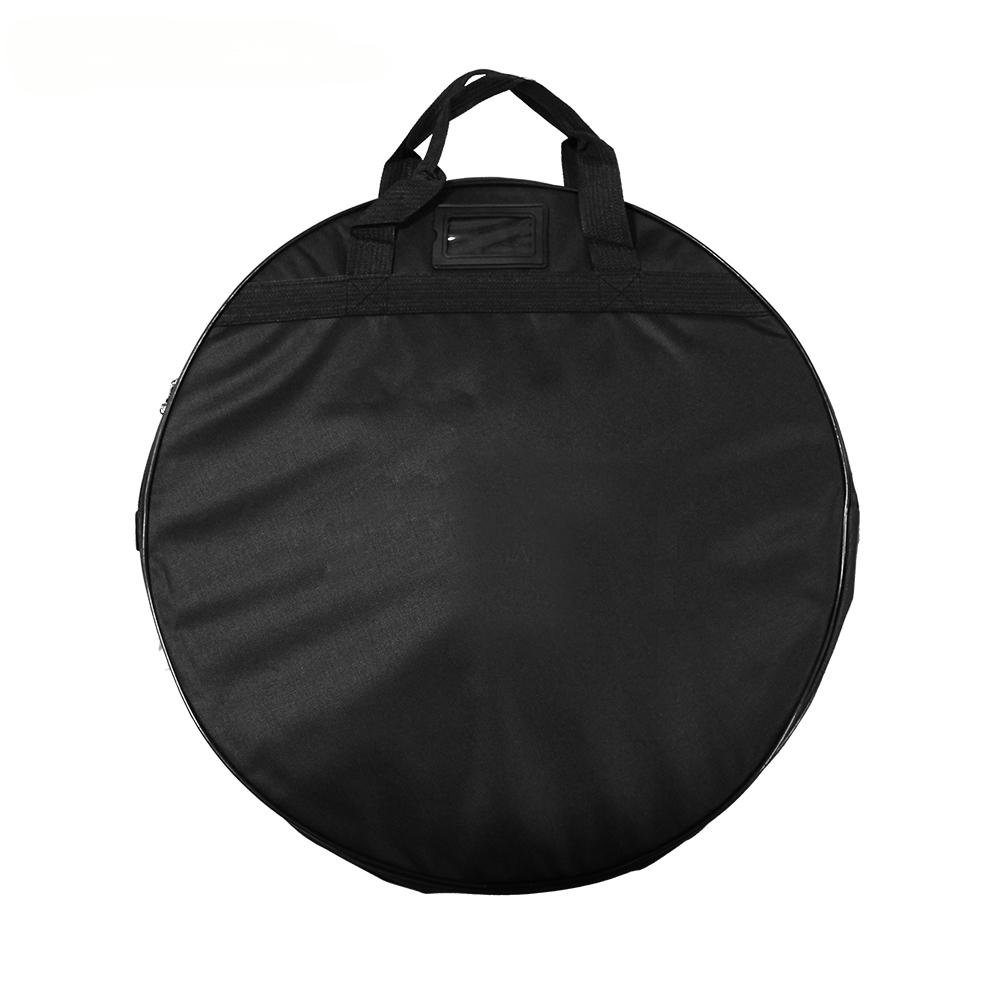
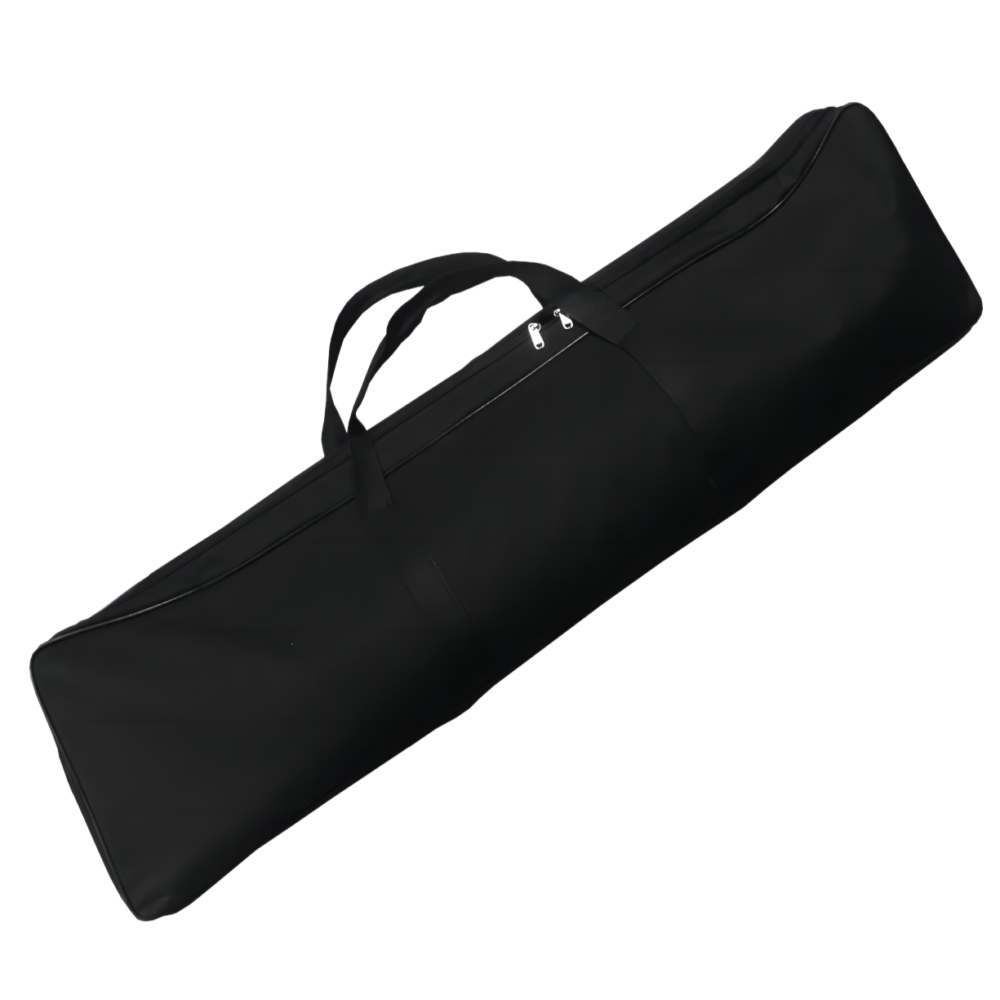
Post-session care:
Daily handling practices:
Environmental monitoring:
Weekly cleaning routine:
Cleaning materials and tools:
Avoiding damage during cleaning:
Suspension point selection:
Hanging height considerations:
Support material selection:
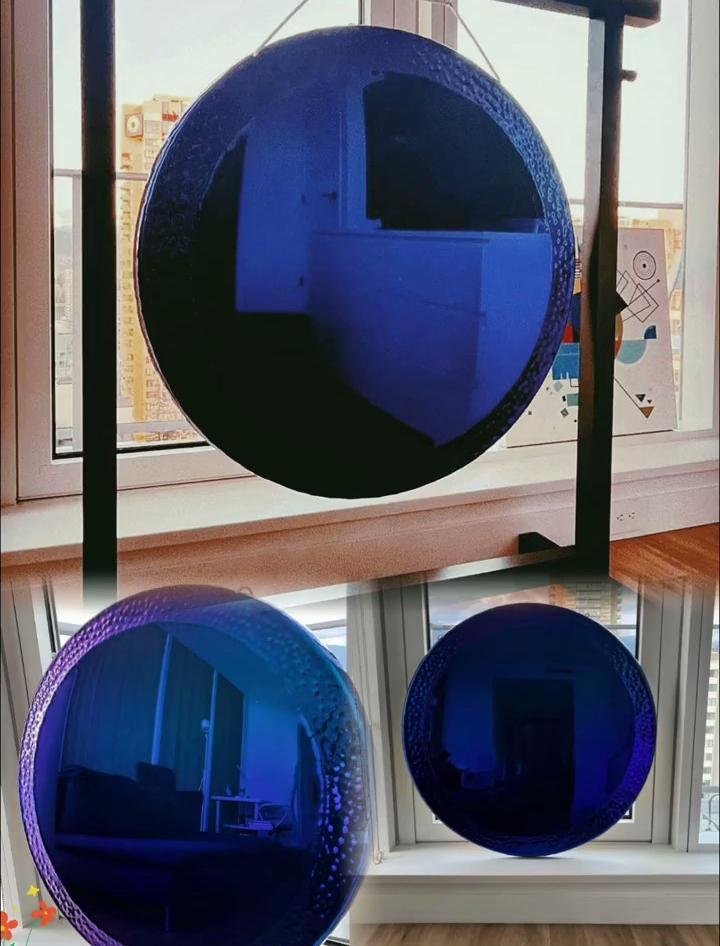
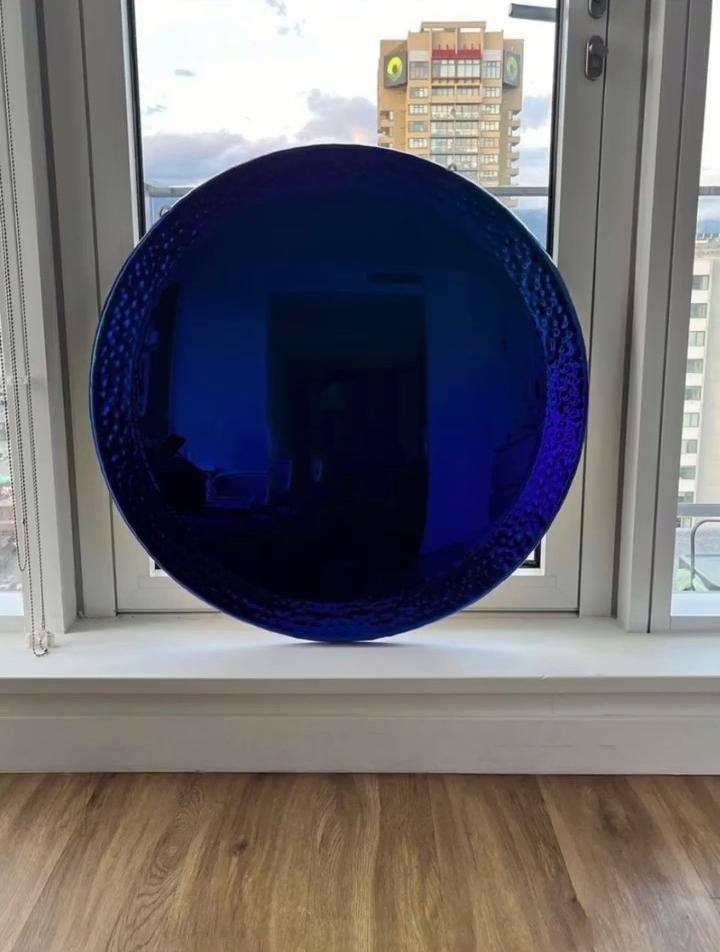

Quality factors affecting price:
Understanding what contributes to gong value and cost:
Manufacturing differences:
Sound quality differences:
Durability and longevity:
Value considerations:
Budget alternatives:
Size selection criteria:
Choosing appropriate gong size based on multiple factors:
Intended use considerations:
Physical and practical factors:
Acoustic considerations:
Budget and investment strategy:
Sound characteristic preferences:
Apartment-friendly gong practice:
Strategies for incorporating gong work into residential settings:
Size and volume management:
Sound isolation strategies:
Alternative practice methods:
Building relationships:
Technology integration:
Longevity and durability factors:
Understanding the lifespan and investment value of quality gongs:
Expected lifespan:
Factors affecting longevity:
Investment value considerations:
Cost-effectiveness analysis:
Factors supporting good investment value:
Training importance and requirements:
Understanding the necessity and benefits of professional training:
Safety considerations requiring training:
Therapeutic skills development:
Professional and legal requirements:
Basic vs. advanced training needs:
Training options and pathways:
Manufacturing and design differences:
Understanding distinct traditions and their resulting sound characteristics:
Chinese gong characteristics:
European gong characteristics (primarily German and Swiss):
Sound quality differences:
Cultural and philosophical differences:
Price and availability factors:
Choosing between traditions:
